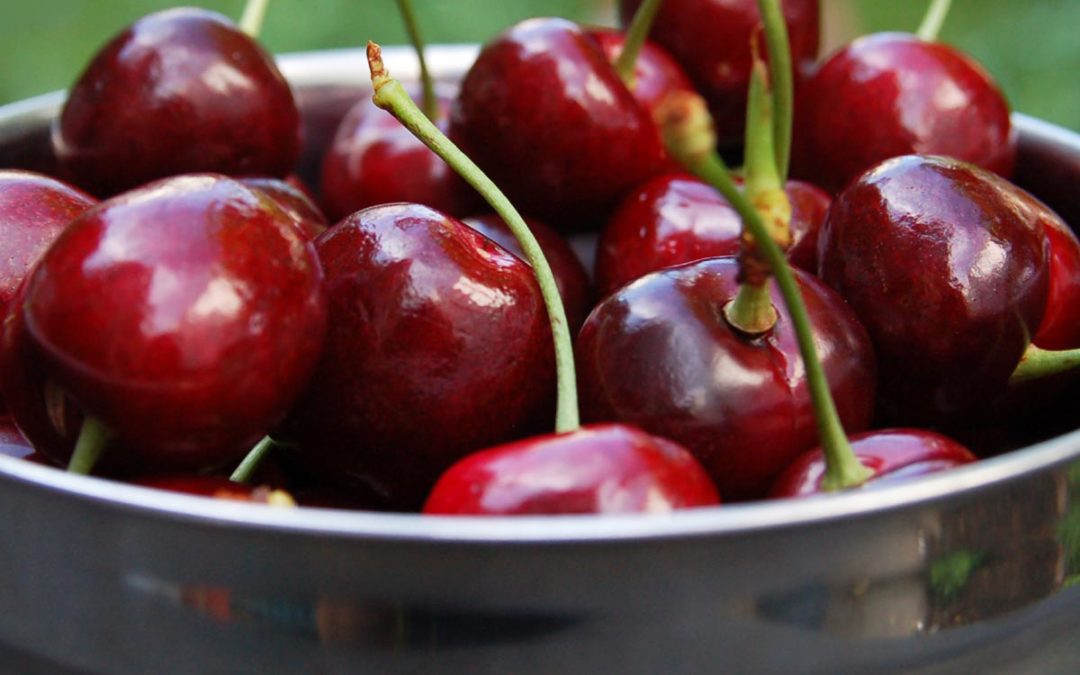With migraines, it can definitely be true that “you are what you eat!” In the last blog, talked about the incredibly long list of foods that are potential migraine triggers for us. Well, that was depressing, wasn’t it?
When I look back on the foods that were triggers for me, I am amazed at how little I knew. Oh, I knew the well-known ones like aged cheese and chocolate, and even red wine, but so many of the foods we talked about last week just were not on my radar.
This week we are going to get back on a positive track and actually talk about some of the things you can eat that will actually prevent migraines instead of triggering them. Great news, right?
Research shows that inflammation of body tissue is one of the most common sources of migraines. Many times studies like this help the medical community develop new migraine medications. But you don’t have to wait for these medications to hit the market before you can benefit from the results of this research.
Here are some ideas for things you can add to your diet that will actually help as a migraine preventative:
Omega-3 fatty acids can be used to reduce inflammation not only as a supplement but Omega-3s are found in many of the foods we eat—especially fish, fish oils, and flaxseed.
There are other foods as well which contain anti-inflammatory properties that can be used as a migraine preventative. One of those worth a mention (and which I talk about in my book) is buckwheat. Buckwheat contains rutin, which is a flavonoid. Flavonoids are chemicals found in plants that have antioxidant properties. Antioxidants counteract cell damage—a major source of inflammation.
There are lots of other foods as well that contain high levels of antioxidants—berries, including raspberries, cranberries, blackberries, blueberries, and strawberries—are all rich in antioxidants.
Cherries (which I love) are one of the best foods for preventing migraines.
Cherries contain a compound called quercetin, which is both an antioxidant and an anti-inflammatory. Then as an added bonus, cherries also contain anthocyanin and bioflavonoids, which have a similar effect on the body as aspirin or ibuprofen.
One of my personal favorites—and the most promising in studies for preventing migraines with food—ginger root. Research has shown that powdered ginger root, taken at the first onset of migraine symptoms, is equally effective as the migraine drug Imitrex (sumatripan). I actually use fresh ginger root. It can be grated and made into a tea and is great when added to a green smoothie. I usually throw about a 3/4 inch knob of fresh ginger into my smoothies.
Ginger root is also known for its ability to combat an upset stomach, so it has an added benefit for migraine sufferers who have accompanying nausea.
Note: Women who are pregnant or nursing should not use ginger root. Also people taking blood thinners, vasodilators, or any medications that cause drowsiness should avoid ginger. If you are on any kind of medication at all, you should check with your doctor or pharmacist before using ginger.
Other migraine-safe foods also include:
- Rice, especially brown rice
- Cooked green vegetables—such as broccoli, spinach, Swiss chard, or collards
Cooked orange vegetables—such as carrots or sweet potatoes - Cooked yellow vegetables—such as summer squash
- Cooked or dried non-citrus fruits: cherries, cranberries, pears, prunes (but not citrus fruits, apples, bananas, peaches, or tomatoes)
Water: Plain water or carbonated forms, such as Perrier - Condiments: Modest amounts of salt, maple syrup, and vanilla extract are usually well-tolerated
While there are many foods we want to avoid—which we talked about last week—there are still many great, nutritious foods we can eat that can actually act as preventatives. However, as I mentioned last week, this is not a “one size fits all” solution for us. It is always best to keep a migraine journal or migraine diary so that we can pinpoint our own personal triggers and preventatives.
I want to invite you again this week to learn more about the migraine preventative measures you can take to bring about more migraine relief. Check out my “4 Weeks to Natural Relief” course, which will walk you through the same natural remedies I used to bring me to where I am today (from having daily migraines to only a couple of migraines per month due to weather changes). My life has been dramatically changed for the better and I would love it if you would experience your own methods of prevention. So check out this self-paced program to really nail it down.


